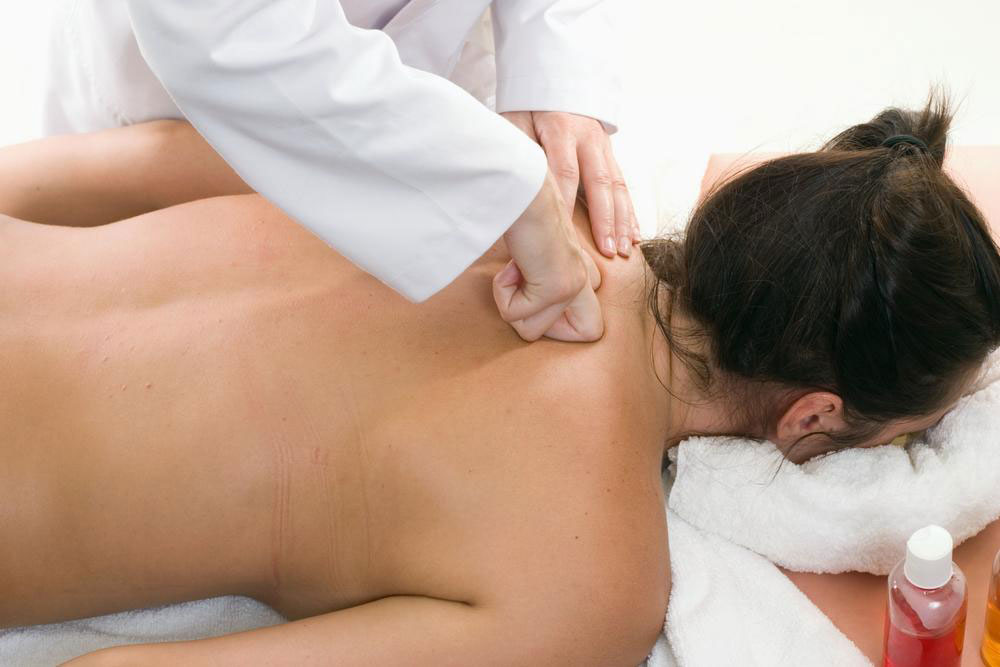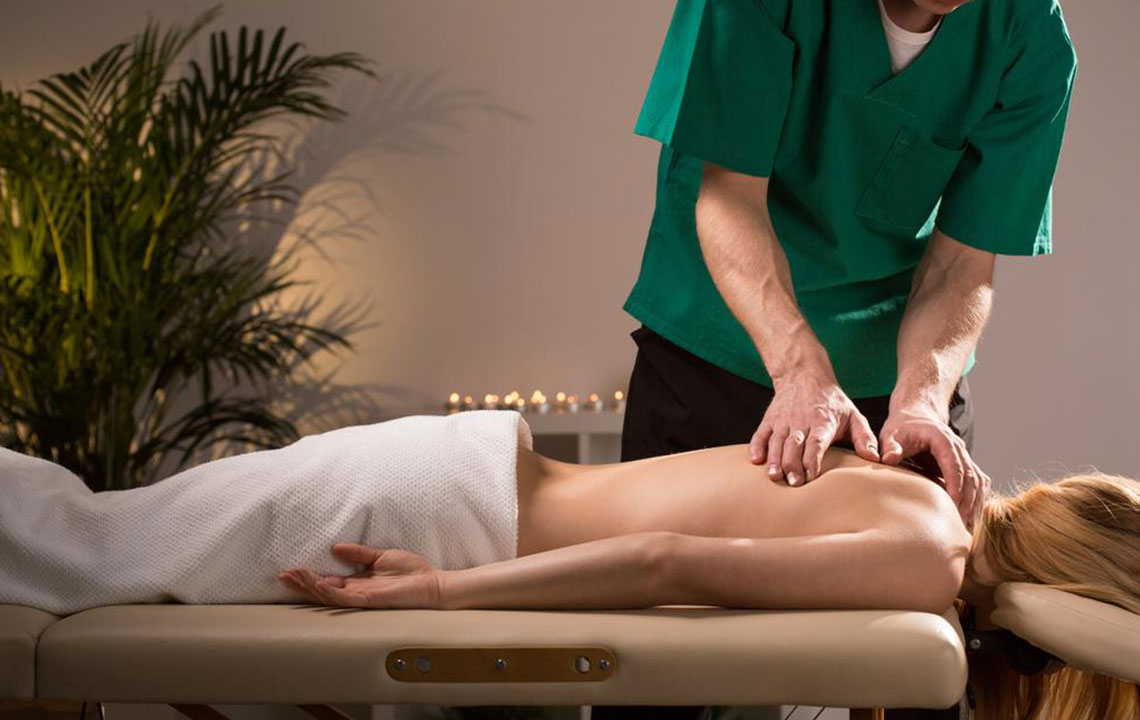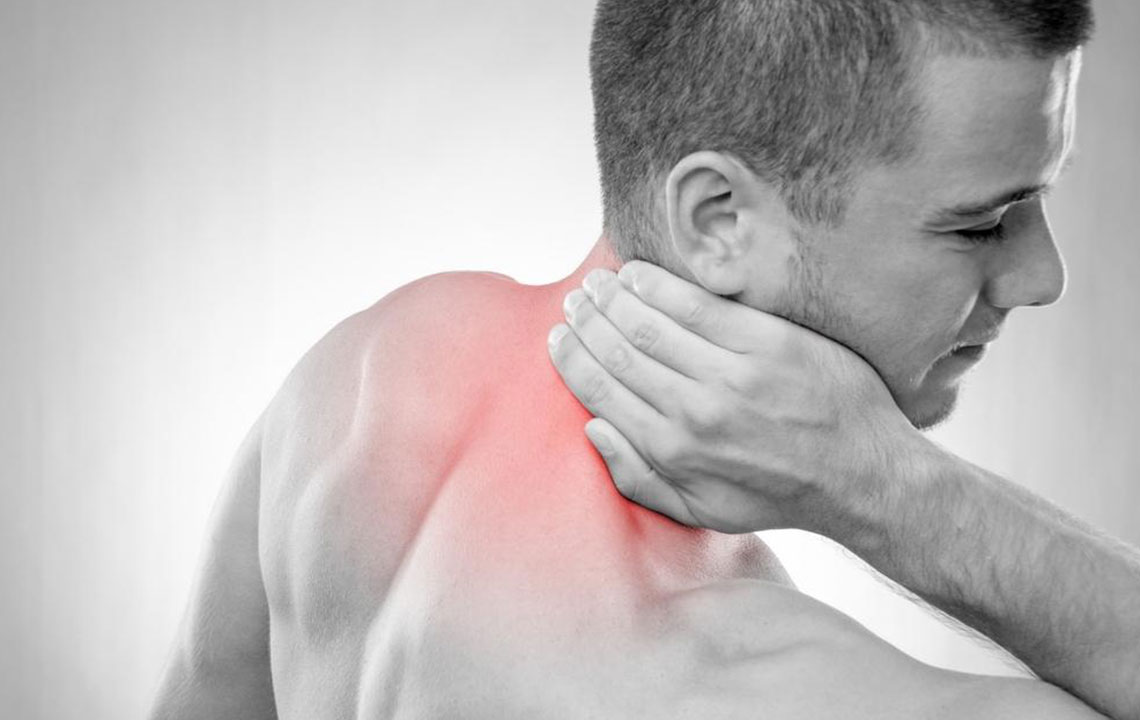Comprehensive Non-Invasive Approaches to Chronic Pain Management for Improved Quality of Life
Explore comprehensive non-invasive strategies for managing persistent pain. This article covers various modern therapies such as physical activity, yoga, manual therapy, and electrical stimulation, emphasizing personalized treatment plans to improve quality of life without surgery. Understanding different pain types and choosing suitable therapies are key to effective pain relief, helping individuals regain mobility and reduce dependency on medications.

Comprehensive Non-Invasive Approaches to Chronic Pain Management for Improved Quality of Life
Persistent pain can profoundly affect an individual's everyday life, impacting work performance, personal relationships, and overall well-being. Fortunately, advancements in medical science have introduced a variety of non-invasive treatment options that can effectively manage chronic pain, often reducing or eliminating the need for surgical interventions. Early diagnosis combined with personalized treatment strategies plays a crucial role in alleviating suffering and restoring quality of life.
Chronic pain is typically defined as pain that persists for longer than three months or beyond the normal healing period, approximately 12 weeks. It can originate from various causes, including injuries, degenerative diseases, nerve damage, or repetitive strain. The traditional approach often involved surgical procedures; however, many patients now benefit from modern, minimally invasive therapies that address pain without the need for invasive surgeries.
Innovative medical technologies have significantly expanded the options available for managing persistent pain.
Types and Causes of Chronic Pain
Pain manifests differently depending on its underlying cause and location. Common sources include traumatic injuries from sports or accidents, ongoing musculoskeletal conditions, and degenerative diseases like osteoarthritis. Back pain is notably prevalent, often resulting from poor posture, prolonged sitting or standing, and spinal issues. Nerve-related pain, such as neuropathy, can also contribute to chronic discomfort, emphasizing the importance of accurate diagnosis to develop effective treatment plans.
Personalized Non-Invasive Pain Management Strategies
Treatment selection relies heavily on detailed evaluation by healthcare professionals, who consider factors such as pain duration, intensity, origin, and affected areas. The overarching goal is to reduce dependency on medications, improve mobility, enhance structural support, and strengthen muscles around the affected zones. As pain perception is subjective and cannot be measured directly through blood tests or imaging alone, comprehensive patient histories and symptom descriptions are vital in forming an accurate diagnosis.
Here is an overview of some of the most effective non-invasive treatment options currently available for managing persistent pain:
Physical Activity and Exercise: Regular movement is fundamental in managing chronic pain. Engaging in tailored exercise routines helps maintain joint flexibility, prevents stiffness, and reduces muscle atrophy. It also enhances overall strength and endurance, contributing to better support of affected structures. Consulting with a physical therapist or healthcare provider ensures the development of safe and effective exercise programs suited to individual conditions.
Yoga and Mind-Body Techniques: Yoga combines gentle stretching, breathing exercises, and meditation to improve muscular strength, flexibility, and mental focus. These practices have been shown to reduce pain perception, improve posture, and promote relaxation, all of which contribute to alleviating chronic discomfort. It is recommended to seek guidance from qualified instructors familiar with therapeutic yoga approaches.
Pharmacological Support: In cases of severe or breakthrough pain, physicians may prescribe medications such as muscle relaxants, non-steroidal anti-inflammatory drugs (NSAIDs), or even opioids for short-term relief. Nonetheless, long-term reliance on medication carries risks like dependence and adverse effects, making it essential to use them under strict medical supervision.
Manual Therapies and Massage: Therapeutic massage, chiropractic adjustments, and osteopathic manipulations can effectively relieve muscle tension, improve circulation, and correct joint misalignments. These techniques are especially beneficial for musculoskeletal-related pain, including back, neck, and joint discomfort.
Thermal Therapy: Alternating applications of heat and cold packs can alleviate inflammation, relax tight muscles, and reduce pain. Heat therapy encourages blood flow, promoting healing, whereas cold therapy diminishes swelling and numbs nerve endings for immediate relief. Proper application duration and methods should be followed for safety and effectiveness.
Support Devices and Bracing: Using braces, orthotics, or collars can stabilize affected joints and prevent further injury, providing structural support and reducing pain during daily activities. Custom-fitted devices, prescribed by healthcare providers, optimize comfort and functionality.
Acupuncture: An ancient Chinese medicine technique involving inserting fine needles at specific points on the body, acupuncture aims to stimulate nerve endings, release endorphins, and restore energy flow. Numerous studies support its efficacy in reducing various types of chronic pain, making it a popular alternative therapy.
Electrical Nerve Stimulation: Techniques such as Transcutaneous Electrical Nerve Stimulation (TENS) deliver low-voltage electrical impulses to nerve endings, blocking pain signals before they reach the brain. This modality offers pain relief without medication and can be integrated into comprehensive pain management plans.
With ongoing technological advancements and a deeper understanding of pain mechanisms, non-invasive treatments continue to evolve, providing safer, less risky alternatives to surgery. Each patient's condition is unique; hence, a personalized approach involving thorough assessment and tailored therapy plans ensures optimal outcomes. When conservative methods prove insufficient, surgical options remain available but are considered only after exhausting appropriate non-invasive measures.





